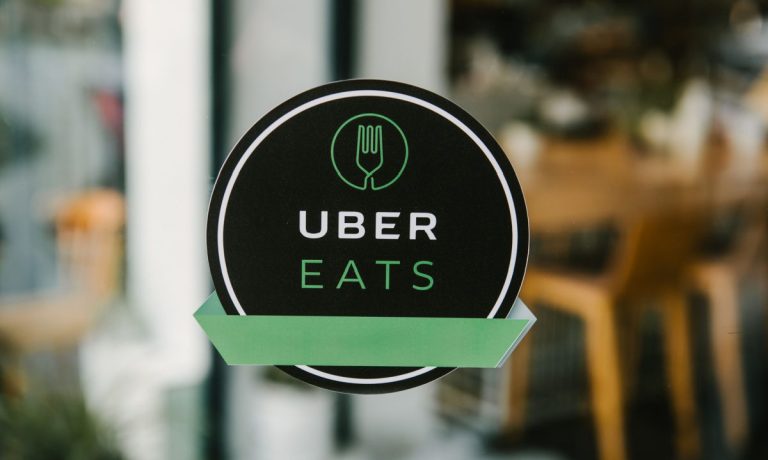Uber Eats to Add SNAP, FSA Payment Acceptances to Broaden Audience

As Uber Eats looks to reach consumers across income levels, the aggregator is gearing up to accept new kinds of payments.
Uber announced Wednesday (Sept. 20) that, in 2024, the aggregator will add the ability for Supplemental Nutrition Assistance Program (SNAP) Electronic Benefits Transfer (EBT) accounts to pay for grocery purchases.
Also next year, working with Managed Medicaid and Medicare Advantage, the aggregator will make it possible for consumers to buy eligible items with their flexible spending account (FSA) cards and Flex Cards, among other healthcare benefit payments.
“With prices of goods on the rise and access to fresh and healthy foods crucial for households, our team has been hard at work building new tools to help you save time and money,” Therese Lim, senior director of product for Uber Eats New Verticals and Uber Direct, wrote in Wednesday’s announcement. “…Today, we’re excited to share updates you’ll see in the Uber Eats app later this year or in 2024 that will help you get (almost) anything faster and easier than ever before, without breaking the bank.”
The news comes as ongoing economic challenges make it difficult for many consumers to afford their basic needs. PYMNTS Intelligence from the latest edition of “New Reality Check: The Paycheck-to-Paycheck Report,” created in collaboration with LendingClub, revealed that in July, 21% of consumers were living paycheck to paycheck with issues paying bills. The figure marked an increase from 19% a year earlier. Plus, 61% of consumers lived paycheck to paycheck overall.
It is getting so challenging for consumers to afford their basic needs that many shoppers are left to pay for their groceries in installments. PYMNTS’ study “Tracking the Digital Payments Takeover: What BNPL Needs to Win Wider Adoption,” created in collaboration with Amazon Web Services, revealed that of the 20% of consumers who used BNPL, 56% leveraged the payment method to buy groceries.
Along with adding the ability for consumers to pay with SNAP and healthcare benefits, Uber Eats is also adding more general budget-focused features. Later this year, consumers will be able to ask an artificial intelligence (AI) program about deals and budget-friendly products. Additionally, the aggregator will add an “Uber Eats Sales Aisle,” offering a “curated selection” of discounts and promotions.
Earlier this summer, Uber Eats competitor DoorDash, the leading restaurant aggregator in the United States, announced it was adding the ability for consumers to pay for their grocery purchases via SNAP EBT.
Plus, last month, Instacart, the top grocery aggregator, shared that it now accepts SNAP EBT payments throughout all 50 states and Washington D.C., spanning more than 10,000 stores and reaching nearly 95% of households enrolled in SNAP.
“By expanding online SNAP acceptance to all 50 states, we’re delivering on our mission by modernizing access and connecting more communities to affordable and nutritious foods,” Dani Dudeck, chief corporate affairs officer at Instacart, said in a statement at the time.